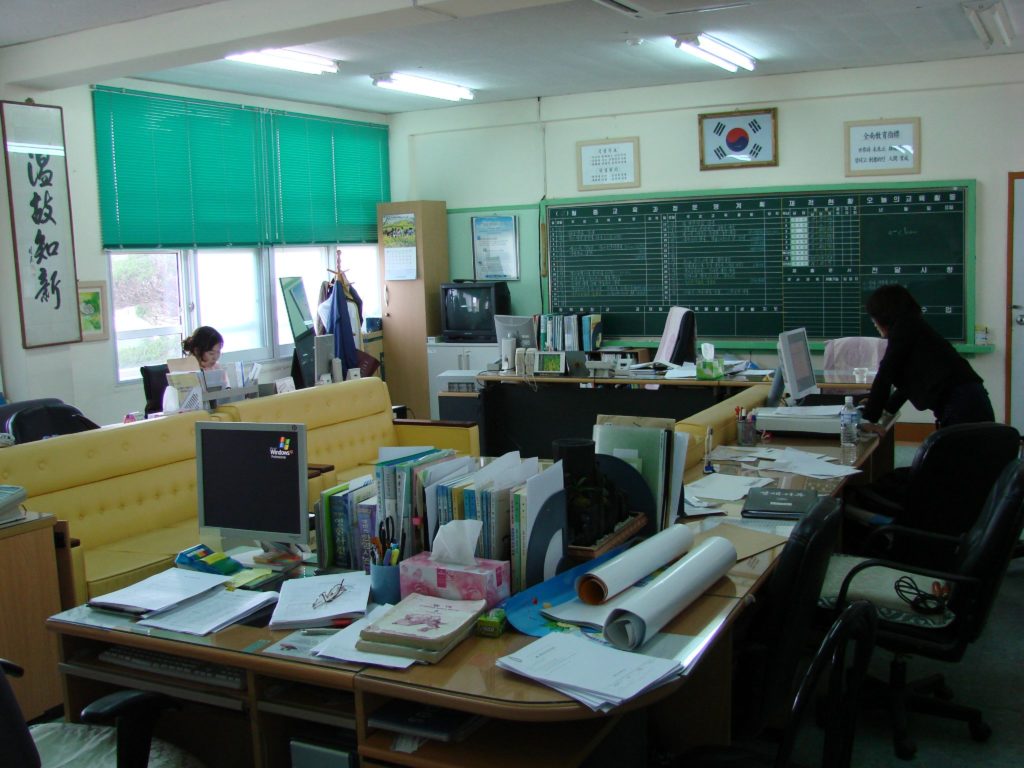The Peninsula
Downside of South Korean Centralized Education System

This briefing comes from Korea View, a weekly newsletter published by the Korea Economic Institute. Korea View aims to cover developments that reveal trends on the Korean Peninsula but receive little attention in the United States. If you would like to sign up, please find the online form here.
What Happened
- South Korea announced it would gradually begin the new school year with online classes starting on April 9.
- According to the Ministry of Education (MOE), the number of students with no smart devices stood at 170,000 as of March 30, based on the ongoing survey on 67 percent of all schools.
- MOE announced its measures to ensure that every elementary, middle, and high school student has access to remote classes.
- The MOE is being criticized for its late response and being ill-prepared for the nationwide remote education amidst the ongoing coronavirus outbreak.
- Municipal and provincial offices of education have launched pilot programs for online classes at selected schools.
Implications: Despite the country’s prowess as a global leader in digital technology, South Korea’s highly centralized education system may have hindered its schools from developing adequate digital education infrastructure. Highly dependent on the central government, both financially and administratively, public schools never had the authority to engage in autonomous trials with digital education. Remote teaching is now receiving the spotlight due to the pandemic, but individual schools appear unready to address the lack of IT infrastructure to execute the government’s vision.
Context: MOE provides more than 75 percent of school funding. In return, all schools (including private institutions) must adhere to the National Curriculum. With little financial independence or autonomy in their programs, schools adopt cutting-edge technologies more slowly. Focused on standardization, the government is also less likely to advance new programs unless it can be applied nationwide. For instance, South Korea proposed adopting digital textbooks in 2007. However, the implementation of this vision took almost a decade because of insufficient infrastructure, challenges associated with universal implementation, and mandate that schools use a state-sponsored social network platform for digital education materials.
Korea View was edited by Yong Kwon with the help of Gordon Henning, Soojin Hwang, Hyungim Jang, and Ingyeong Park.
Picture from flickr user watchsmart
